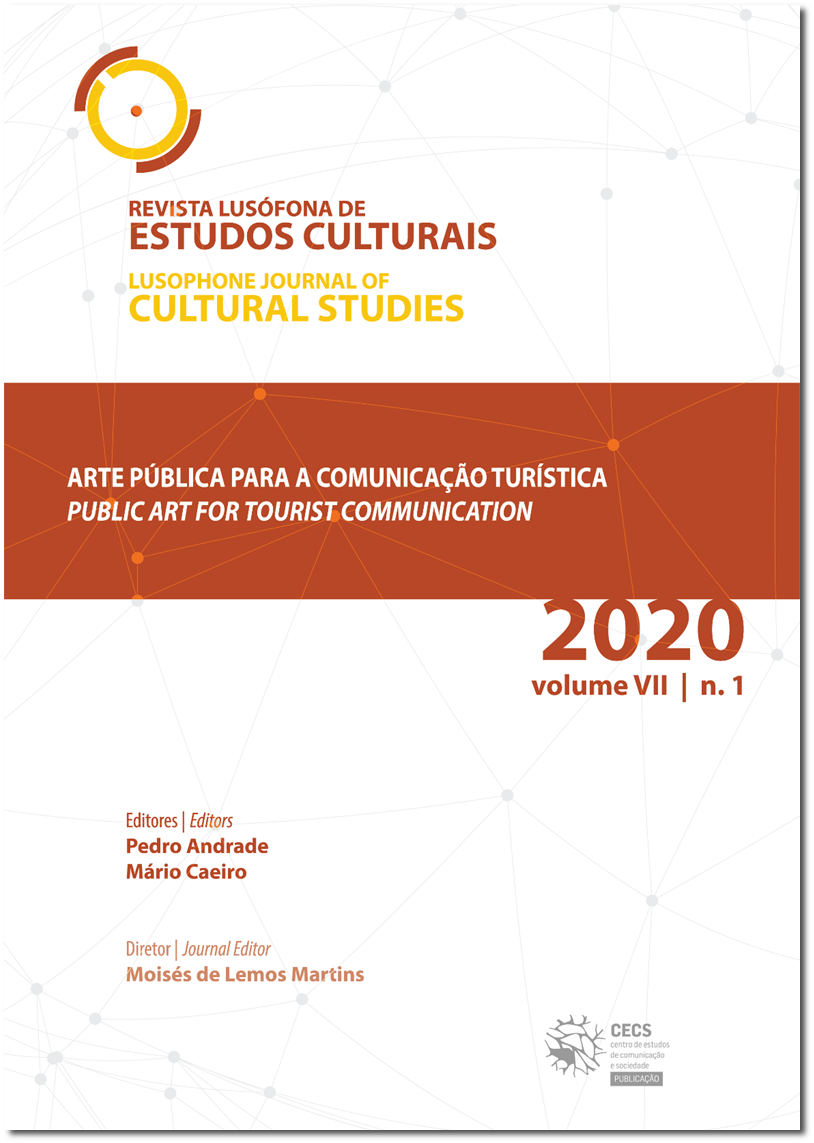Artistic painting in protected urban places in Brazil: its limits and possibilities
DOI:
https://doi.org/10.21814/rlec.2125Keywords:
Environmental Law, cultural heritage, preservationAbstract
Cities exist to make possible human coexistence and daily life sharing. As habitat, cities are the setting for various manifestations, including artistic ones, revealed by their architectural forms, lifestyles, as well as by the perception and attitudes of those who inhabit them. Some cities become monuments and parts of their territories are governed by special, more restrictive laws. A protected historical building requires a different way of exercising property rights, with specific obligations for owners and neighbours, which makes it a unique place. This article is an attempt to understand artistic manifestations, especially paintings, in protected historical buildings, with the goal of highlighting the main issues and establishing a legal outline of preservation laws. The expected result is to contribute to a better understanding of the topic through a panorama and contextualization of the discussion, as well as legislative documents and relevant bibliography, focusing on the understanding of the performance limits of the supervision by the Brazilian Public Administration of the compatibility between the preservation of cultural assets, the realization of democracy, and the exercise of cultural rights. The research methodology consisted of a literature search, through the analysis of books, scientific articles from magazines and peer-reviewed journals, as well as documental research relative to specific legislation.Downloads
References
Baudrillard, J. (1976). Kool killer ou l’insurrection par le signs In J. Baudrillard, L’echange symbolique et la mort (pp. 118-128). Paris: Gallimard.
Baudrillard, J. (2006). O sistema dos objetos. São Paulo: Perspectiva.
Dantas, F. S. (2015). O patrimônio cultural protegido pelo Estado Brasileiro. In J. B. Campos, D. R. Preve & I. F. Souza (Eds.), Patrimônio cultural, direito e meio ambiente: um debate sobre a globalização, cidadania e sustentabilidade (pp.31-54). Curitiba: Multideia.
Decreto-Lei nº 25/37, de 30 de novembro, República Federativa do Brasil.
Lei nº 6938/81, de 31 de agosto, República Federativa do Brasil.
Lei nº 9605/98, 12 de fevereiro, República Federativa do Brasil.
Lei nº 9985/2000, 18 de julho, República Federativa do Brasil.
Lei nº 16292/97, de 29 de janeiro, Município de Recife.
Lei nº 14239/80, de 17 de dezembro, Município de Recife.
Leminski, P. (2013). Sol-te. In P. Leminski, Toda poesia. São Paulo: Companhia das Letras.
Miranda, M. P. de S. (2014). Lei do tombamento comentada: doutrina, jurisprudência e normas complementares. Belo Horizonte: Del Rey.
Motta, L. & Thompson, A. (2010). Entorno de bens tombados. Rio de Janeiro: IPHAN.
Santos, A. S. R. (2001). Proteção jurídica da estética urbana. Boletim de Direito Administrativo, 11, 942-943.
Sanches, L. P. (2009). Paisagem e meio ambiente. In F. Ahmed & R. Coutinho (Eds.), Patrimônio cultural e sua tutela jurídica (pp. 71-91). Rio de Janeiro: Lumen Juris.
Tuan, Y. (1980). Topofilia: um estudo da percepção, atitudes de valores do meio ambiente. São Paulo, Rio de Janeiro: Difel.
Unesco. (2009). El patrimônio de la Humanidade - descripciones y mapas de localización de los 878 sítios patrimônio da humanidade de la Unesco. Barcelona: Blume.
Downloads
Published
How to Cite
Issue
Section
License
Authors own the copyright, providing the journal with the right of first publication. The work is licensed under a Creative Commons - Atribuição 4.0 Internacional License.












